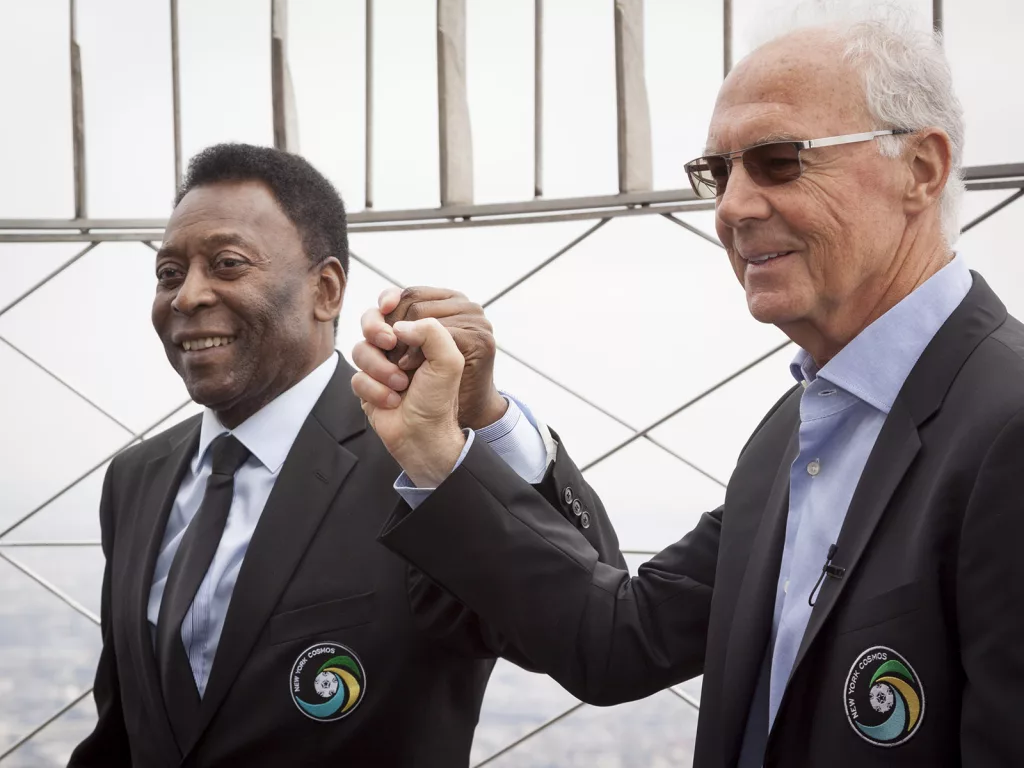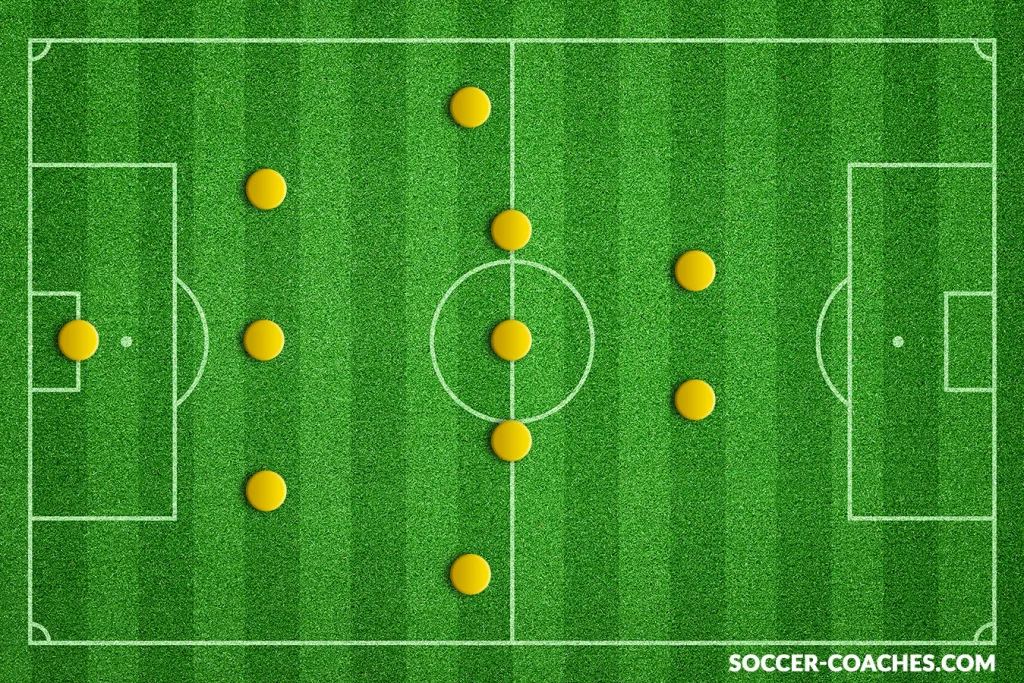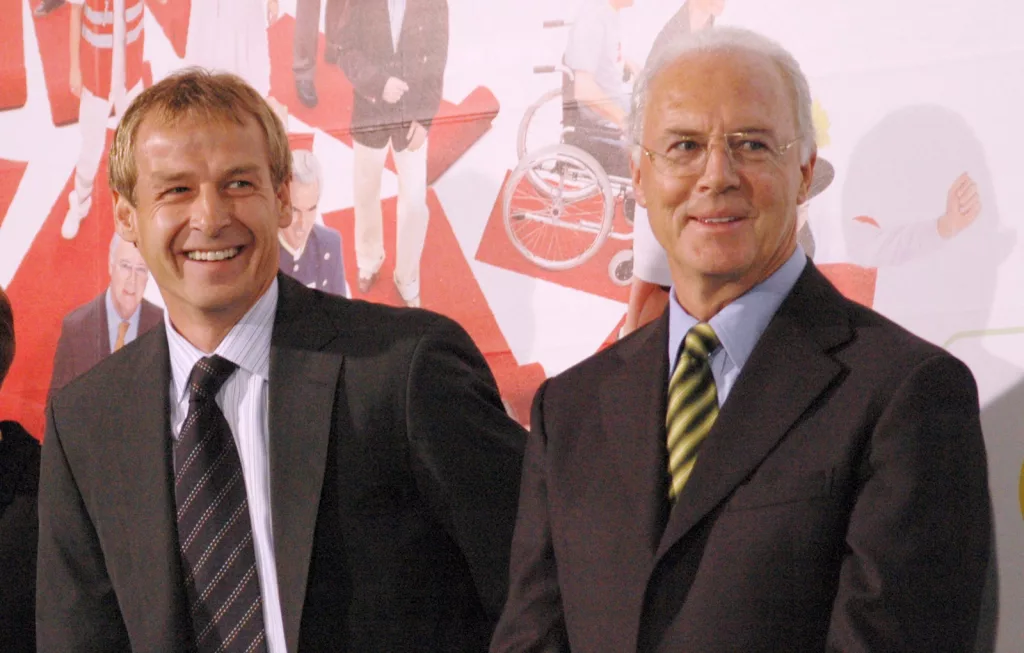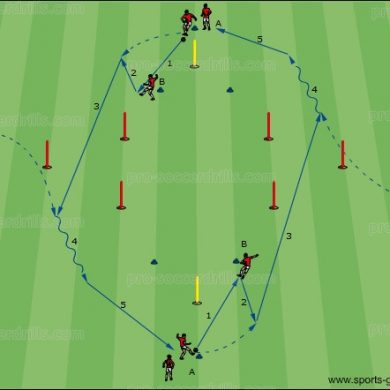The soccer world recently felt a profound loss with the passing of Franz Beckenbauer, affectionately known as “Der Kaiser.” A legendary figure, Beckenbauer’s name resonates deeply with soccer enthusiasts across the globe. His remarkable transition from a world-class player to a top-tier coach is a tale of tactical genius and inspiring leadership. This article explores Beckenbauer’s illustrious coaching career, with a particular emphasis on his tenure with the German national team and the historic 1990 World Cup victory, celebrating the enduring legacy he left in the world of soccer.

Beckenbauer’s Coaching Style, his Favorite Formation and Tactical Approach
Beckenbauer’s coaching style was a seamless extension of his playing philosophy – disciplined, strategic, and highly innovative. Renowned for his profound ability to read the game, Beckenbauer adapted his tactics to match the nuances of each match. His approach went beyond mere defense; it was about defending with strategic intent, ensuring a smooth transition from robust defense to potent attack. Beyond tactics, Beckenbauer’s leadership was pivotal; he instilled robust confidence and an unwavering winning mentality in his teams.
He showed a keen preference for the 3-5-2 formation, which marked a significant departure from the conventional 4-4-2 setup widely used at the time. This formation, innovative in its approach, offered several strategic advantages that aligned perfectly with Beckenbauer’s vision of soccer.
One of the key strengths of the 3-5-2 formation is its inherent flexibility. It allowed Beckenbauer’s team to adapt quickly to different game situations, switching seamlessly between defense and attack. This fluidity was crucial in matches where tactical adaptability could make the difference between winning and losing.

The three-man defensive line, often anchored by a sweeper, provided a robust defensive core. This structure was pivotal in preventing opposition attacks, especially against teams that relied heavily on forward players. The sweeper, a role Beckenbauer himself revolutionized as a player, added an extra layer of security, often acting as a last line of defense and a starting point for counterattacks.
In midfield, the 3-5-2 formation offered a significant advantage in terms of numbers and spatial control. With five midfielders, Beckenbauer’s team could dominate the central areas of the pitch, crucial for controlling the tempo of the game. This numerical superiority in midfield allowed for greater possession, enabling the team to dictate the pace of play and create more scoring opportunities.
Franz always wanted to win, he had to win. His constant desire to win is today the center of ‘Mia san mia’.
Paul Breitner about Franz Beckenbauer and the mentality he instilled into Bayern Munich
The presence of two dedicated forwards in this formation meant there was always significant attacking threat. These forwards, often supported by advancing midfielders, could exploit the spaces created by the team’s possession and control in the midfield, leading to more direct and potent scoring chances.
Furthermore, the 3-5-2 allowed for the wing-backs, operating on either side of the five midfielders, to join the attack, adding width to the team’s offensive play. These wing-backs were crucial in providing crosses, stretching the opponent’s defense, and adding an element of surprise to the team’s attacking tactics.
In essence, Beckenbauer’s use of the 3-5-2 formation was a masterstroke in tactical innovation. It provided a balanced blend of solid defense, control in midfield, and effective attacking options, perfectly encapsulating his philosophy of disciplined, intelligent, and adaptable soccer.

The 1990 World Cup Squad and the Road to Glory
The German squad of 1990, was a perfect blend of seasoned experience and youthful vigor. Beckenbauer had at his disposal key players like Lothar Matthäus, a versatile midfielder and inspirational captain who won the Ballon d’Or the same year, and goalkeeper Bodo Illgner, whose crucial saves were a defining feature of the tournament. The attacking lineup, bolstered by the likes of Rudi Völler and Jürgen Klinsmann, provided formidable striking power and dynamism. In defense, stalwarts such as Klaus Augenthaler, Jürgen Kohler and Guido Buchwald stood like unyielding pillars, exemplifying Beckenbauer’s strategic ethos of disciplined, intelligent soccer.
Germany’s journey to the 1990 World Cup glory was a showcase of Beckenbauer’s remarkable tactical acumen. The team’s campaign began dominantly, with emphatic victories in the group stages against Yugoslavia (4-1), UAE (5-1), and a more measured win against Colombia (1-1). Each game displayed the team’s tactical flexibility and depth, with Beckenbauer’s strategies neutralizing opponents’ strengths while highlighting his own team’s offensive and defensive prowess.
In the knockout stages, Germany faced a series of progressively challenging encounters. The round of 16 match against the Netherlands, a repeat of the fiery 1988 European Championship semi-final, was a tense affair, with Germany emerging victorious in a tight 2-1 win. This game was particularly notable for its intense midfield battles and strategic use of space, hallmarks of Beckenbauer’s coaching.
The quarter-final against Czechoslovakia (1-0) was a tactical chess match. Beckenbauer’s ability to adapt to different styles of play was evident as Germany controlled the game’s tempo, cautiously breaking down the resilient Czech defense.
The iconic semi-final against England was a true testament to Beckenbauer’s tactical genius. The match, ending in a dramatic penalty shootout (1-1, 4-3 on penalties), saw Beckenbauer making crucial tactical shifts to counter England’s aggressive play. This match was a blend of tactical discipline and the mental fortitude that Beckenbauer had instilled in his team.
Go out, have fun and play football.
Franz Beckenbauer before Germany’s win in the 1990 World Cup final
The final against Argentina was a culmination of Beckenbauer’s tactical masterclass. In a rematch of the 1986 World Cup final, Germany controlled the game against a defensively oriented Argentina. The decisive moment came from a penalty, meticulously executed by Andreas Brehme, securing a 1-0 victory for Germany. This match was not just a display of tactical superiority but also of mental resilience, as Beckenbauer’s team adapted to the high stakes and intense pressure of a World Cup final.
A Legend of the Beautiful Game
Franz Beckenbauer’s legacy as a coach, especially with the German national team, is indelibly etched in soccer history. His innovative tactics, exceptional leadership qualities, and his knack for eliciting peak performances from his players were instrumental in Germany’s 1990 World Cup triumph. Beckenbauer not only succeeded phenomenally as a coach but also revolutionized soccer tactics, leaving an enduring imprint on the sport.


